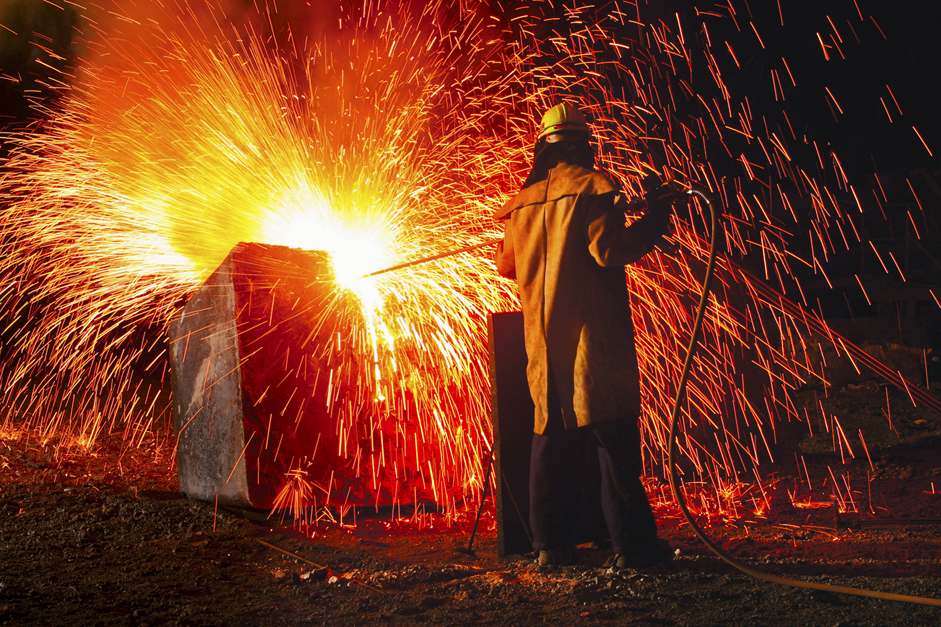
Flame resistant garments for your protection
In 2013, nearly 3.8 million work-related injuries and illnesses were reported in the United States, however, the true toll is likely two to three times greater. For this reason, we cannot overstress the importance of taking every precaution when considering safety, especially when on the job. Beyond safety harnesses and air composition detectors, the uniform choices you make for your employees should have the same purpose in mind. While they are most often worn by firefighters, fire resistant (FR) garments shouldn’t be seen as exclusive to any one industry. They are essential any time employees are exposed to highly combustible materials or hazardous conditions. When selecting workwear, flame resistance is a critical component in protection that should be valued as much as durability and comfort when evaluating uniforms.
The key to flame resistant clothing is that it self-extinguishes, unlike improper workwear made from nylon, polyester or non-FR cotton that continues to burn on the skin. The most serious burns in an industrial setting aren’t caused by the actual flame or explosion, but instead the mix of molten textile and plastics sitting on the skin long after initially igniting. Beyond the pain and suffering caused by severe burns, sometimes such injuries can lead to lifelong complications. The risk is too great not to take seriously.
There are many common misconceptions when it comes to FR clothing. Many believe that all FR garments are, essentially, interchangeable. This is certainly not the case. The weight, level of protection, and even the design of the garments can and will differ greatly between brands and items. Additionally, the comfort, feel, and look of any FR garment depends largely upon the kind of FR fabric from which it is made.
There are two distinct kinds of FR fabrics from which garments are made: inherent FR and treated FR. Inherent FR fabrics are engineered to have flame resistant properties at the molecular level, meaning the protection doesn’t wash or wear out, and the garment will be flame resistant for life. Treated FR garments go through a chemical application process that gives them their flame resist abilities. Often an application of gaseous ammonia, these types of FR garments will degrade and become less protective as the wear life of the garment. Abrasion, UV exposure, and laundering will shorten the useful wear life of any treated FR fabric. However Treated FR garments tend to be the more economical choice, so for industries where garments have a short life span due to the nature of the work, they may be a better choice.
No matter your choice, always remember that any FR is better than no FR at all and that your needs are not necessarily the needs of everyone in your industry. Flame resistant garments and fabrics are not all the same, so be sure to choose the one that will make you feel the most confident in terms of protection, comfort, and durability. SITEX carries a full line of FR garments that are professional, safe, and can be professionally laundered by us to ensure their full lifespan without loss of protection.